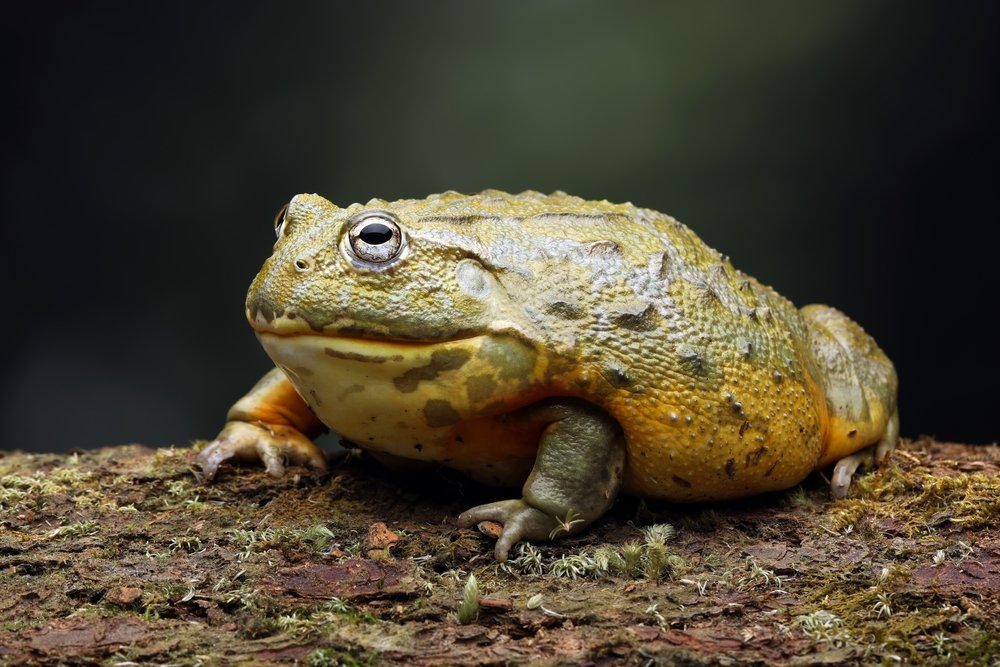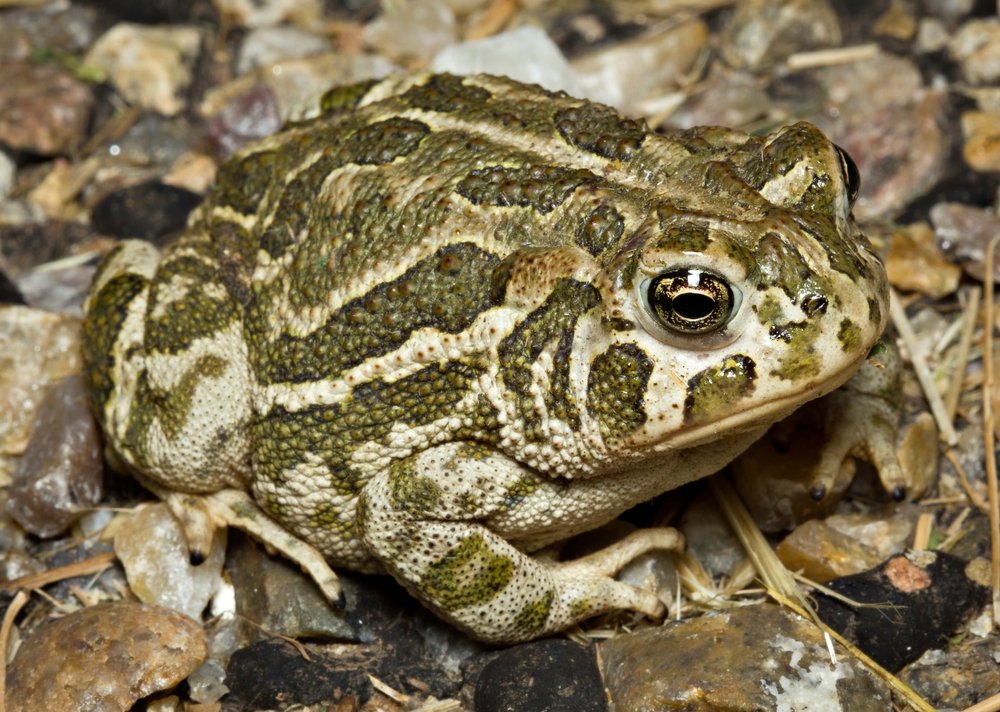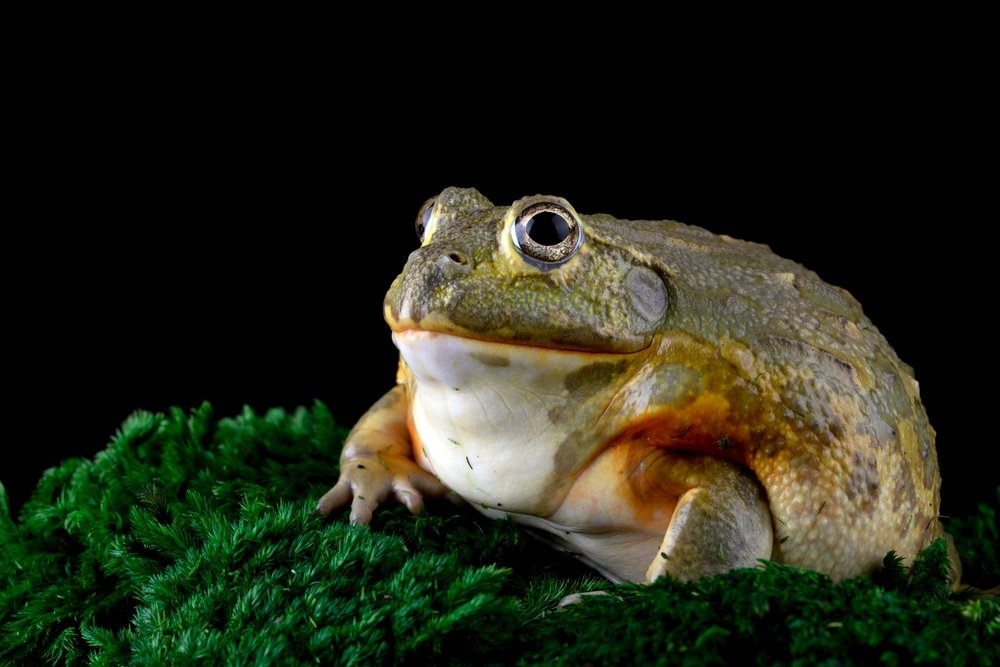Have you ever wondered How Many Goliath Frogs Are Left In World? Estimating the population of the Goliath frog is a challenging task due to its remote habitat and elusive nature. However, recent studies suggest that its numbers have been declining.
The world is home to some remarkable creatures, but few can captivate our imagination like the Goliath frog. With its massive size and unique characteristics, this majestic amphibian has become a symbol of the biodiversity found in the remote regions of Central and West Africa. However, the very existence of the Goliath frog is under threat.
Table of Contents
Characteristics of Goliath Frog
The Goliath frog, scientifically known as Conraua goliath, holds the title of being the largest frog on the planet. This magnificent creature can reach sizes of up to 32 centimeters and weigh over 3 kilograms. Its size and vibrant green coloration make it a true wonder of the animal kingdom.
Habitat

Mainly, the Goliath frog lives near rivers in Equatorial Guinea and Cameroon. There are two major seasons in their habitat: the dry season lasts from November to April and the rainy season lasts from May to October.
Goliath frogs are some of the biggest frogs, and because they are so big, they only live in certain places. This species lives mostly in a thick edge of an equatorial forest that runs along the coast and is surrounded by rivers.
What do they eat?
A study found that the goliath frog eats a lot of different kinds of food, which shows that it is omnivorous with a preference for meat. Their food is land-based, water-based, and partially water-based, which means they hunt both on land and in water. What each frog’s different weight groups liked to eat was different, which could be linked to their different stages of growth.
They ate annelids, arachnids, myriapods, insects, crabs, gastropods, and reptiles for frogs that weighed less than 400 g (14 oz), which could be the same as the young.
How Many Goliath Frogs Are Left In World? Threats to the Goliath Frog

The Goliath frog faces several threats that jeopardize its survival. Habitat destruction, primarily due to deforestation and the expansion of human activities, has greatly impacted the frog’s natural environment. Additionally, the demand for Goliath frogs in the international pet trade has put additional pressure on their populations. These threats, combined with the vulnerability of their restricted habitat, have pushed the Goliath frog to the brink.
What Are The Conservation Efforts For Goliath Frog?
Recognizing the urgent need to protect the Goliath frog, conservation organizations, local communities, and governments have come together to implement various conservation initiatives. These efforts include establishing protected areas, raising awareness about the importance of Goliath frog conservation, and promoting sustainable practices that ensure the long-term survival of this iconic species. Collaboration among stakeholders is crucial for achieving meaningful results.
How the Public Can Help

Conservation is not solely the responsibility of scientists and organizations—it requires collective action. As concerned individuals, we can make a difference in the preservation of the Goliath frog and its habitat. Here are some practical steps we can take:
- Support conservation organizations: Contribute to reputable organizations dedicated to Goliath frog conservation through donations or volunteer work.
- Spread awareness: Educate others about the importance of protecting the Goliath frog and its fragile ecosystem. Share knowledge through social media, presentations, or local events.
- Sustainable choices: Make environmentally conscious choices in your daily life. Opt for sustainably sourced products and reduce your ecological footprint.
- Responsible tourism: If you plan to visit regions where Goliath frogs reside, choose eco-friendly tour operators and follow responsible tourism practices.
Conclusion
The Goliath frog is not only an extraordinary creature but also a vital component of our planet’s biodiversity. Preserving its habitat and ensuring its survival is a shared responsibility. By understanding the challenges it faces, supporting conservation efforts, and making sustainable choices, we can secure a brighter future for this incredible species.
Also Read: How many Golden Poison Frogs are left in the world?





